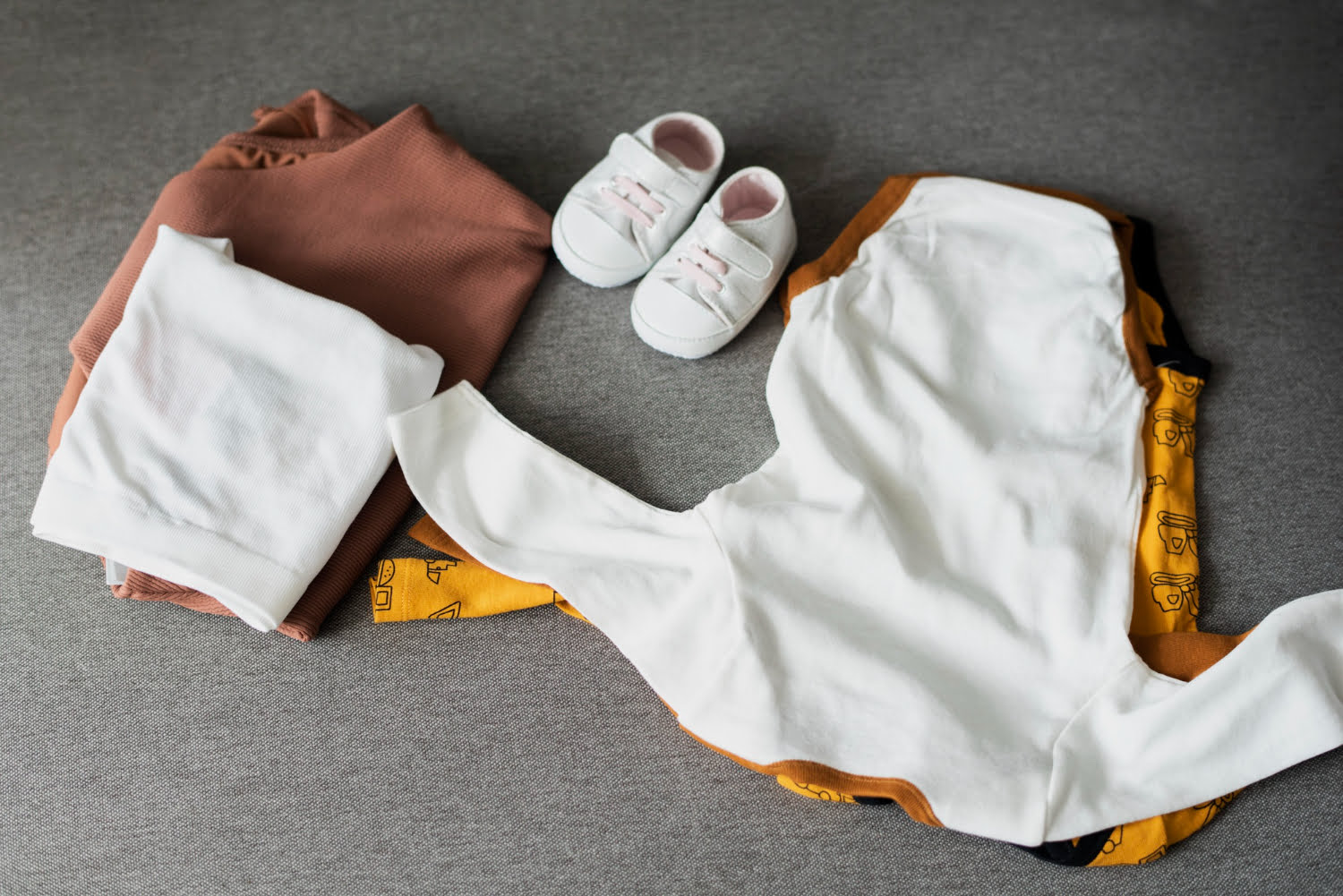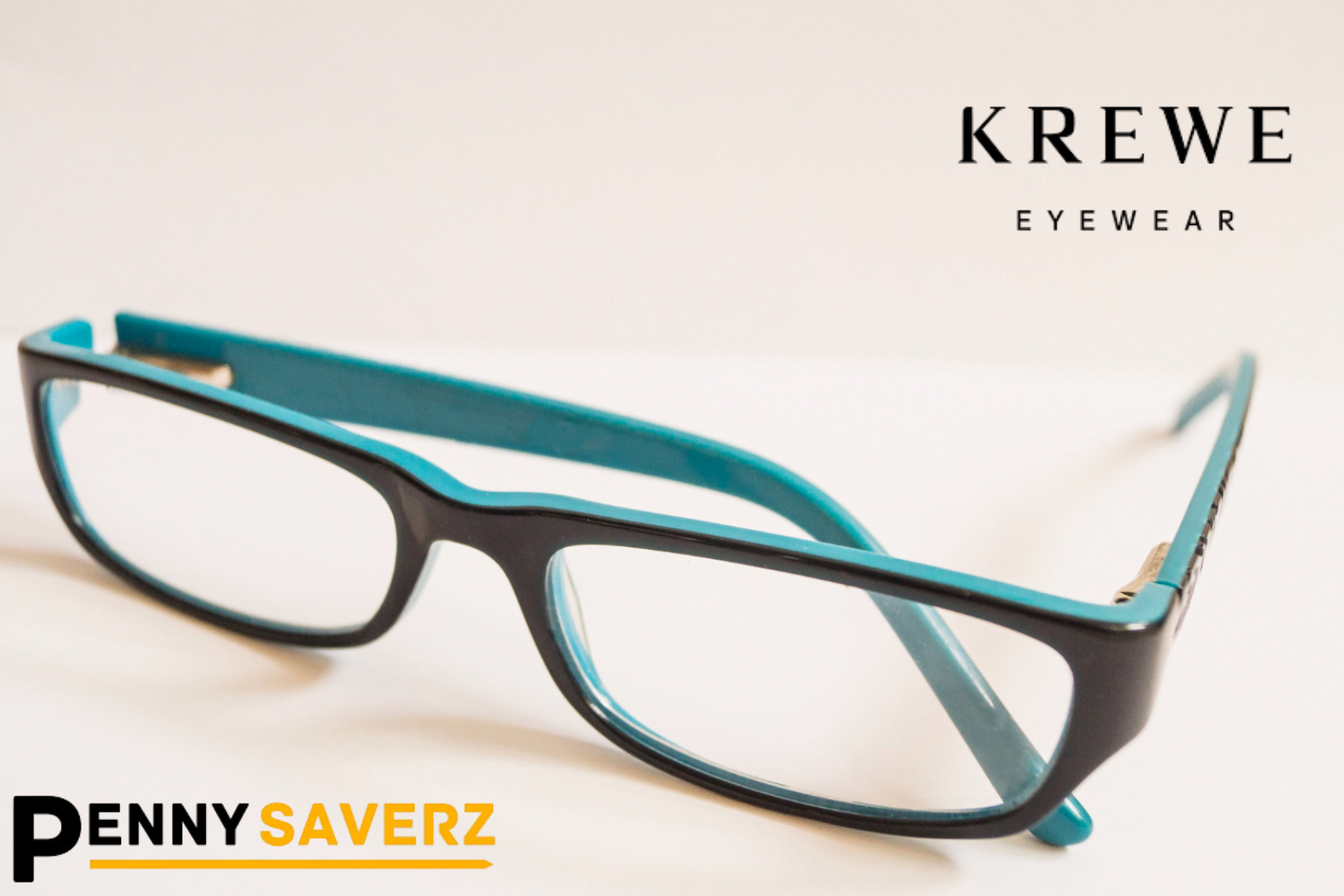Introduction
What size is 90 in baby clothes? Navigating the world of baby clothes sizing can be akin to deciphering a code, especially when faced with the enigmatic term “size 90.” As parents, ensuring the perfect fit for our little ones is not just about style but also about their comfort and well-being. In this comprehensive guide, we will delve deeper into the intricacies of baby clothes sizing, providing valuable insights into what exactly size 90 means and how to make informed choices for your baby’s wardrobe.
Standard Sizing for Baby Clothes
Understanding the basics of standard sizing is the first step in demystifying the world of baby clothes. While there are general guidelines, it’s crucial to recognize the inherent variations that exist. Manufacturers follow size charts, but growth patterns, regional influences, and brand-specific norms can all contribute to differences in sizing standards.
The challenge lies in recognizing that the age mentioned on the label might not be the sole determinant of whether a particular size will fit your baby comfortably. Babies, much like adults, have unique body shapes and growth rates. Hence, relying solely on age ranges can lead to ill-fitting clothes, causing discomfort and inconvenience.
Decoding Size 90 in Baby Clothes
What size is 90 in baby clothes: Size 90 is a common reference in baby clothes sizing, and it typically caters to a specific age range, usually falling within the realm of toddlers. However, the exact interpretation can vary between brands. To decipher the mystery behind size 90, it’s essential to understand the nuances involved.
The number “90” often corresponds to centimeters, indicating the length of the garment. This length measurement provides a more accurate guide for choosing the right size for your little one. However, it’s crucial to note that this measurement might not encompass all dimensions, such as width and overall fit.
Factors Affecting Baby Clothes Sizing
Infants grow rapidly, and their growth is influenced by various factors. Genetics, nutrition, and overall health play pivotal roles in determining a baby’s size. Thus, it’s not uncommon for babies of the same age to have different sizes. Regional differences in sizing standards and brand-specific variations further contribute to the complexity.
Parents should be aware that the “one size fits all” approach doesn’t apply in the world of baby clothes. Some brands might design their clothes with a more relaxed fit, while others may cater to a snugger style. Understanding these variations empowers parents to make more informed choices when selecting size 90 garments.
Choosing the Right Size for Your Baby
Accurate sizing is crucial for ensuring your baby’s comfort. Beyond relying solely on standard sizing, there are practical steps parents can take to guarantee a perfect fit. Measuring your baby accurately involves taking into account not just length but also considering the chest, waist, and hip measurements.
What size is 90 in baby clothes: When shopping for size 90 clothes, always refer to the brand’s specific size chart. These charts provide detailed measurements, allowing you to match your baby’s dimensions with the recommended size. It’s advisable to measure your baby every few months, especially during growth spurts, to keep up with their evolving size.
Popular Brands and Their Size 90
One of the challenges parents face is the inconsistency in sizing across different brands. A size 90 garment from one brand may fit differently than the same size from another. Therefore, it’s beneficial to familiarize yourself with popular baby clothing brands and their approach to sizing.
Some brands may design their size 90 to cater to the upper end of the age spectrum, ensuring a more extended usability period for the garment. Others may focus on a more tailored fit, suiting a specific body type. Understanding these brand-specific nuances empowers parents to make choices that align with their preferences and their baby’s comfort.
Navigating Size Charts
Manufacturers provide size charts as valuable tools to assist parents in making informed decisions. Understanding how to interpret these charts is crucial for ensuring the perfect fit. Size charts typically include measurements for height, chest, waist, and hips.
What size is 90 in baby clothes: When using a size chart, measure your baby without any bulky clothing to get accurate readings. Compare these measurements with the size chart recommendations for a particular brand. It’s worth noting that some brands may provide a range of measurements for a single size, acknowledging the natural variations in baby sizes.
Trends in Baby Fashion
The world of baby fashion is dynamic, with trends evolving just as quickly as those for adults. It’s essential for parents to stay updated on the latest trends not only for style considerations but also for potential variations in sizing standards.
For instance, a trend toward oversized or relaxed-fit clothing may impact how a size 90 garment fits your baby. Being aware of these trends ensures that your baby remains stylish and comfortable in their clothing choices.
Common Misconceptions About Baby Clothes Sizing
Several misconceptions surround baby clothes sizing, contributing to parental perplexity. Dispelling these myths is crucial for ensuring that parents make informed decisions and feel confident in their choices.
One common misconception is the belief that all babies of a certain age should fit into the same size. In reality, the diversity in baby sizes is vast, and factors like genetics and overall health play significant roles. Understanding and accepting these differences can alleviate unnecessary stress when selecting size 90 clothes.
Adapting to Seasonal Changes
Babies grow quickly, and seasonal changes can significantly impact their clothing needs. During colder months, layering might be necessary, influencing the choice of size 90 garments. Conversely, in warmer weather, a more breathable and lightweight fabric might be preferable.
To adapt to seasonal changes, parents can anticipate growth spurts and choose clothing that accommodates these variations. Opting for slightly larger sizes or garments with adjustable features ensures that your baby remains comfortable throughout the year.
Eco-Friendly Options in Baby Clothing
For environmentally conscious parents, the choice of baby clothing extends beyond size considerations. Sustainable and eco-friendly options have gained popularity, offering parents the chance to make choices that align with their values.
When exploring size 90 in eco-friendly baby clothing, consider factors such as organic materials, ethical manufacturing practices, and recyclability. Brands that prioritize sustainability often provide detailed information on their commitment to environmental responsibility.
DIY Solutions for Ill-Fitting Baby Clothes
Parents faced with ill-fitting size 90 clothes have creative solutions at their disposal. From simple adjustments to more intricate do-it-yourself alterations, maintaining style and comfort is possible without the need for an extensive wardrobe overhaul.
For garments that are slightly too big, creative solutions include rolling sleeves, adding decorative belts, or using adjustable accessories. Conversely, for clothes that are a bit snug, extending the garment’s lifespan can involve creative alterations like adding fabric panels or transforming it into a different clothing item.
Shopping Smart for Baby Clothes
In a market filled with endless choices, shopping smart for size 90 baby clothes involves a combination of budget considerations, reviews, and sizing awareness. Parents can make informed decisions by considering factors such as the longevity of the garment, versatility, and the brand’s reputation for quality and sizing accuracy.
Reading reviews from other parents who have purchased size 90 clothes from the same brand provides valuable insights. Look for feedback on the fit, durability, and any notable features that contribute to the overall satisfaction of the purchase.
Stories from Parents – What Size is 90 in Baby Clothes
Real-life experiences from parents who have navigated the challenges of size 90 baby clothes provide a relatable touch to the guide. Hearing from seasoned parents about their triumphs and challenges offers a sense of camaraderie to those currently facing the sizing dilemma.
These stories may highlight instances where a parent’s understanding of size 90 evolved over time or share tips and tricks for ensuring the perfect fit. Learning from the experiences of others contributes to a collective pool of knowledge that benefits the broader community of parents.
Conclusion
In conclusion, unraveling the mystery of what size 90 means in baby clothes involves a combination of understanding standard sizing, brand variations, and proactive parenting. Prioritizing accurate sizing is a gift to your baby, ensuring not only style but also optimal comfort.
As parents navigate the world of baby clothes, armed with knowledge about sizing nuances, they can make choices that contribute to their baby’s well-being. From decoding size 90 to adapting to seasonal changes and embracing eco-friendly options, this guide serves as a comprehensive resource for parents seeking clarity in the intricate world of baby clothes.
Frequently Asked Questions
Q: How often should I measure my baby for clothing size changes?
A: It’s advisable to measure your baby every few months, especially during growth spurts.
Q: Are there universal size standards for baby clothes?
A: While there are general standards, variations exist, and brand-specific sizing can differ.
Q: Can I solely rely on the age range mentioned for size 90?
A: It’s a helpful reference, but considering your baby’s individual growth is equally important.
Q: What if my baby falls between two sizes?
A: Opt for the larger size to accommodate growth, ensuring a more extended usability period.
Q: How can I adjust baby clothes that are too big or too small?
A: The guide provides DIY solutions for both oversized and undersized clothing adjustments.
Delve into Further Articles: Inspirational Lessons From Jeff Bezos For Entrepreneurs



